
Sonos unveiled its new ultra-portable speaker last month along with opening pre-orders. Ahead of the Roam arriving to the first customers later this month, we were able to test out this slick new speaker to see how it compares to other options in the ultra-portable category along with the larger Sonos Move portable speaker.
Table of contents
Sonos Roam comes with an impressive list of features that matches the competition and goes beyond with additions like AirPlay 2, Qi wireless charging, auto EQ with Trueplay, auto-switching between Bluetooth/WiFi, and more.
Sonos Roam specs
- 2x class-H amplifiers
- 1x custom racetrack mid-woofer
- 1x tweeter
- Far-field mic with beamforming
- Trueplay tuning (auto EQ)
- WiFi and Bluetooth 5.0
- AirPlay 2 support (Alexa and Google Assistant too)
- 10-hour battery life
- IP67-rated dust and waterproof
- Charging via included USB-C cable, optional magnetic wireless base, or any Qi charger
- USB-C to USB-A cable in the box
- 4/20/21 update: Sonos Roam can be charged with 7.5W power bricks and higher
- Dimensions: 6.61 x 2.44 x 2.36-inches (168 x 62 x 60 mm)
- Weight: 0.95 lb (0.43 kg)
- Priced at $169 – available in Lunar White or Shadow Black

Materials and build
Sonos Roam uses a triangular prism shape that makes it easy to grab, place on its side, or stand up. It uses a durable rubber on the bottom and top for drop protection and those end caps are also concave so the buttons aren’t accidentally pressed. And the Roam base offers handy Qi wireless charging.
Four small rubber dots on one side of the prism offer a stable non-slip base when you want to use Roam horizontally. Around the back, you’ve got the sleep/power button and a USB-C port for wired charging.

The rest of the ultra-portable speaker is made from plastic with a matte finish. No surprise here but the Sonos Roam has a solid and precise build quality.
In Use
Setup
The setup process is smooth and easy but there are a few steps to get everything going. First, you need to use the Sonos app to set up Roam over WiFi (required before you can use it as a Bluetooth speaker). It automatically shows up as an AirPlay 2 speaker after that but you’ll need to add it to the Home app to get Siri functionality going.

After setting up Roam with the Sonos app, you can also pair your phone with it via Bluetooth. With the speaker powered on, hold the back power button for a few seconds until you see the blue light just above the Sonos logo.
And to get Siri support enabled, head to the Home app. After tapping + in the Home app > Add Accessory, you can tap “I Don’t Have a Code or Cannot Scan.” You’ll then see your Sonos Roam and can finish the setup.
You can pick a room that you’ll use Roam the most in, but you can also create a new room named Sonos Roam if you want more flexibility.

Now you’ve got the option to start music from your iPhone, with Siri, the Sonos app, or with the Roam’s dedicated buttons.
Size and portability
At 6.61 x 2.44 x 2.36-inches (168 x 62 x 60 mm), Sonos Roam is very portable and is a touch more compact than comparable speakers like the Ultimate Ears Boom or JBL Flip 4.
Below is a look at Roam next to HomePod mini and the Flip 4 and then a look at Roam next to its bigger brother, the Sonos Move.
Roam’s size (just a couple of inches taller than a can of soda) means it’s convenient to take with you pretty much anywhere. It can fit in almost any bag, purse, briefcase, etc., and won’t weigh you down at under 1 pound.
Sound quality
In my testing, I’ve found Sonos Roam to produce great sound quality considering the size of the speaker. Naturally, with how small this ultra-portable is, it’s not going to have a strong, rich low-end like the – more than twice as big – Sonos Move or other larger speakers. But the audio Sonos has been able to deliver with Roam is impressive.
I tested it across a variety of musical genres and it offers clear and crisp mids and highs. And it’s not like the bass is totally missing here, it’s just dialed back so it doesn’t hit in the same way as the Sonos Move, Five, or something like HomePod does, which all have much larger speakers/woofers.
Another aspect I was impressed with was even when at 60-80% volume, Roam doesn’t sound distorted. Listening in the 90-100% range wasn’t too pleasant as the mids and highs felt abrasive but that’s no surprise and I can’t imagine ever needing or wanting to use Roam at max volume.
I did some listening tests with the similarly sized JBL Flip 4 and found the Roam to outperform it with noticeably cleaner audio. Even my wife who popped in said the same (without me mentioning what speaker was playing).
For another point of reference – although it’s not in the same portable category – I’ve found HomePod mini to be in the same ballpark as the Sonos Roam when it comes to volume output and sound quality. But of course, you’re not getting the portability and flexibility with a HomePod mini. And when you stop to think about everything Sonos was able to pack into this compact product like IP67 waterproofing, the battery, wireless charging, etc. it’s an impressive feat.
Unique features
Beyond Sonos Roam being the best-sounding ultra-portable speaker I’ve used, it’s got a range of features that set it further apart from the competition.
One of my favorites is being able to pop it on any Qi wireless charger. It’s super handy to not have to mess with another cable and use the wireless chargers I’ve already got.

Like HomePod and HomePod mini have auto EQ, Sonos Roam uses the company’s Trueplay Tuning to automatically adjust the EQ to its environment. Roam uses its microphone to do this periodically. But you can also manually adjust bass, treble, and the “loudness” feature in the Sonos app (settings > products > Roam > EQ).
Two more really thoughtful features, in the Sonos app you can turn off the status light and the physical touch controls on the Sonos Roam.
This being the smallest portable AirPlay 2 speaker on the market is a big plus for Apple users and for those who like to use multiple platforms, you have built-in Google Assistant and Amazon Alexa functionality.
Sonos Roam wrap-up
While $169 may sound a bit pricey for an ultra-portable speaker on its face, Sonos Roam delivers with impressive sound, versatility, premium features, and a solid design/build.
What stands out to me is that Roam is a great portable speaker whether it’s your first Sonos product or the latest expansion of an existing setup – whether you’re all in on Siri and AirPlay or like to use other voice assistants too.
I think the combination of audio and hardware quality along with thoughtful features like AirPlay, wireless charging, auto Bluetooth/WiFi switching, and more make this a compelling choice that will last for the long haul.
Sonos Roam is available now for pre-order with the new speaker shipping out in May (late April for the earlier orders).
FTC: We use income earning auto affiliate links. More.




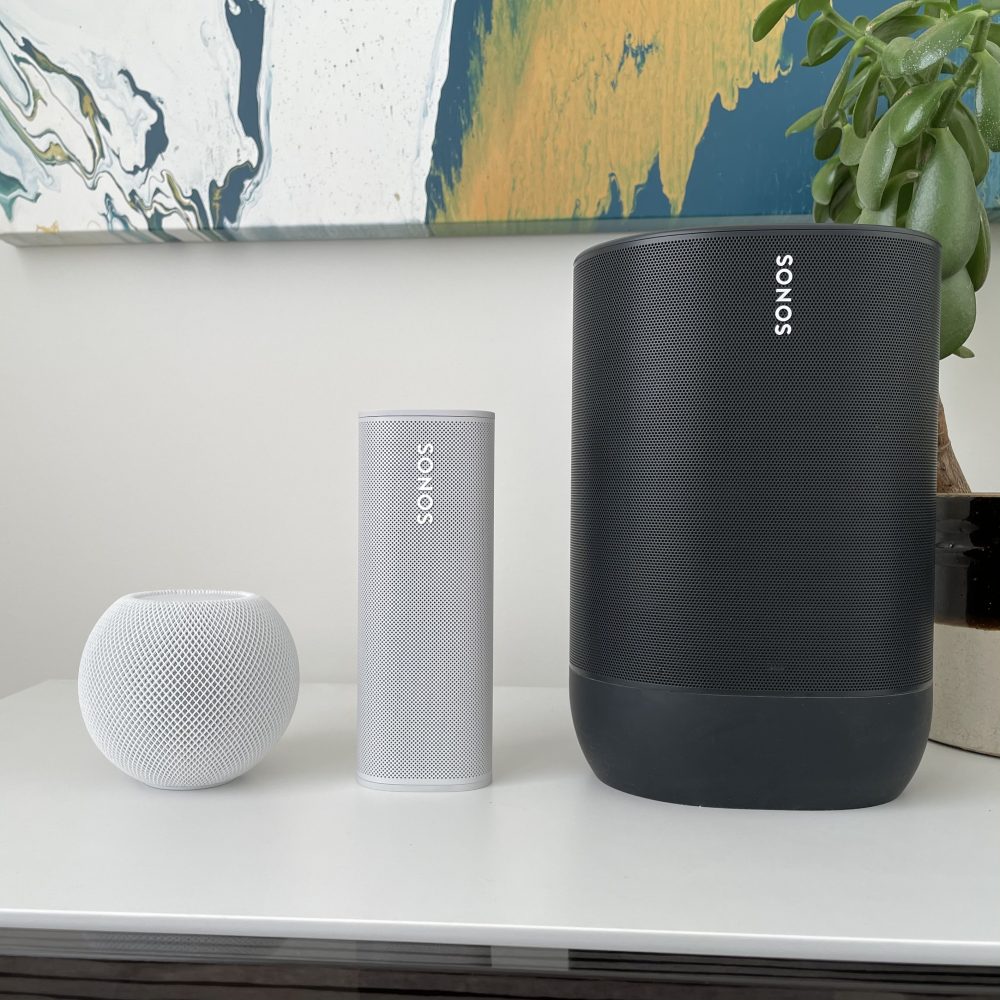
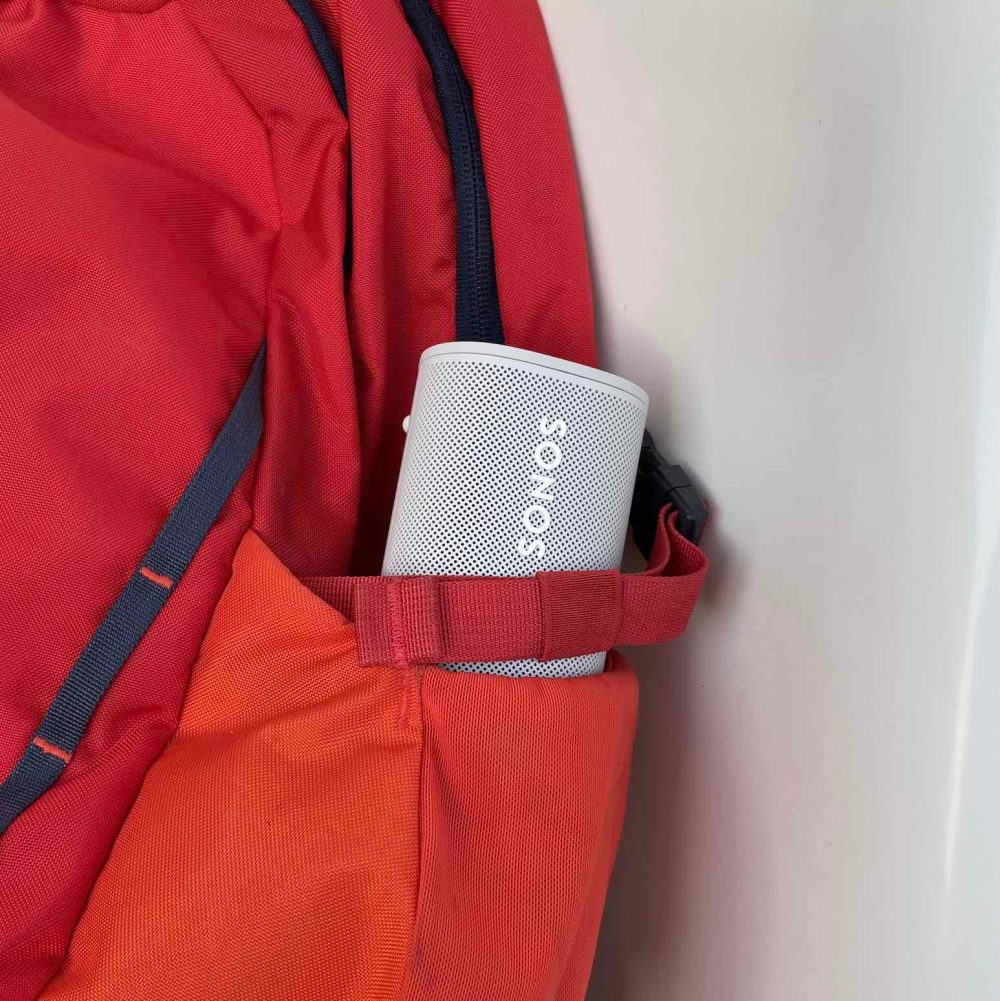

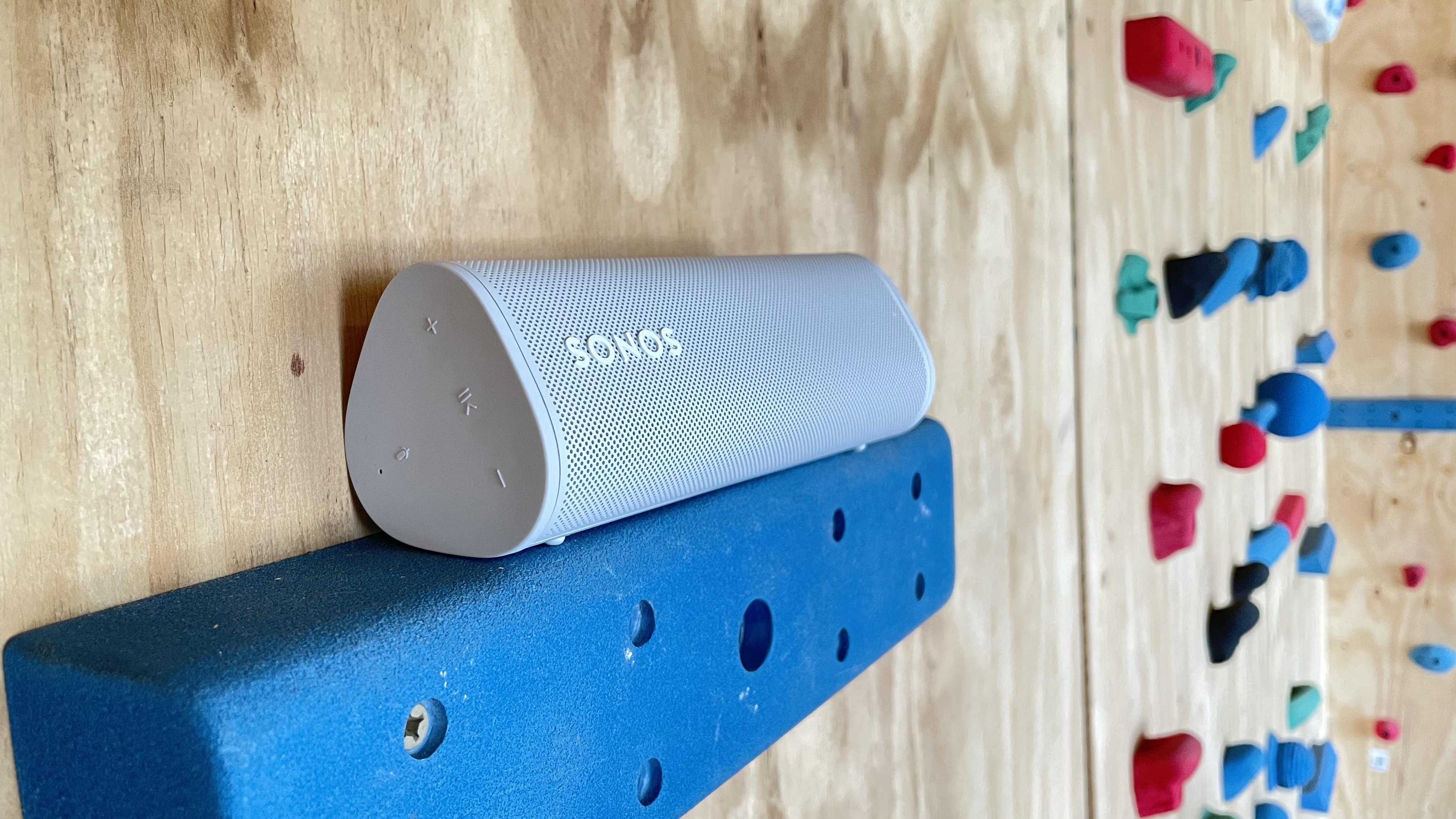
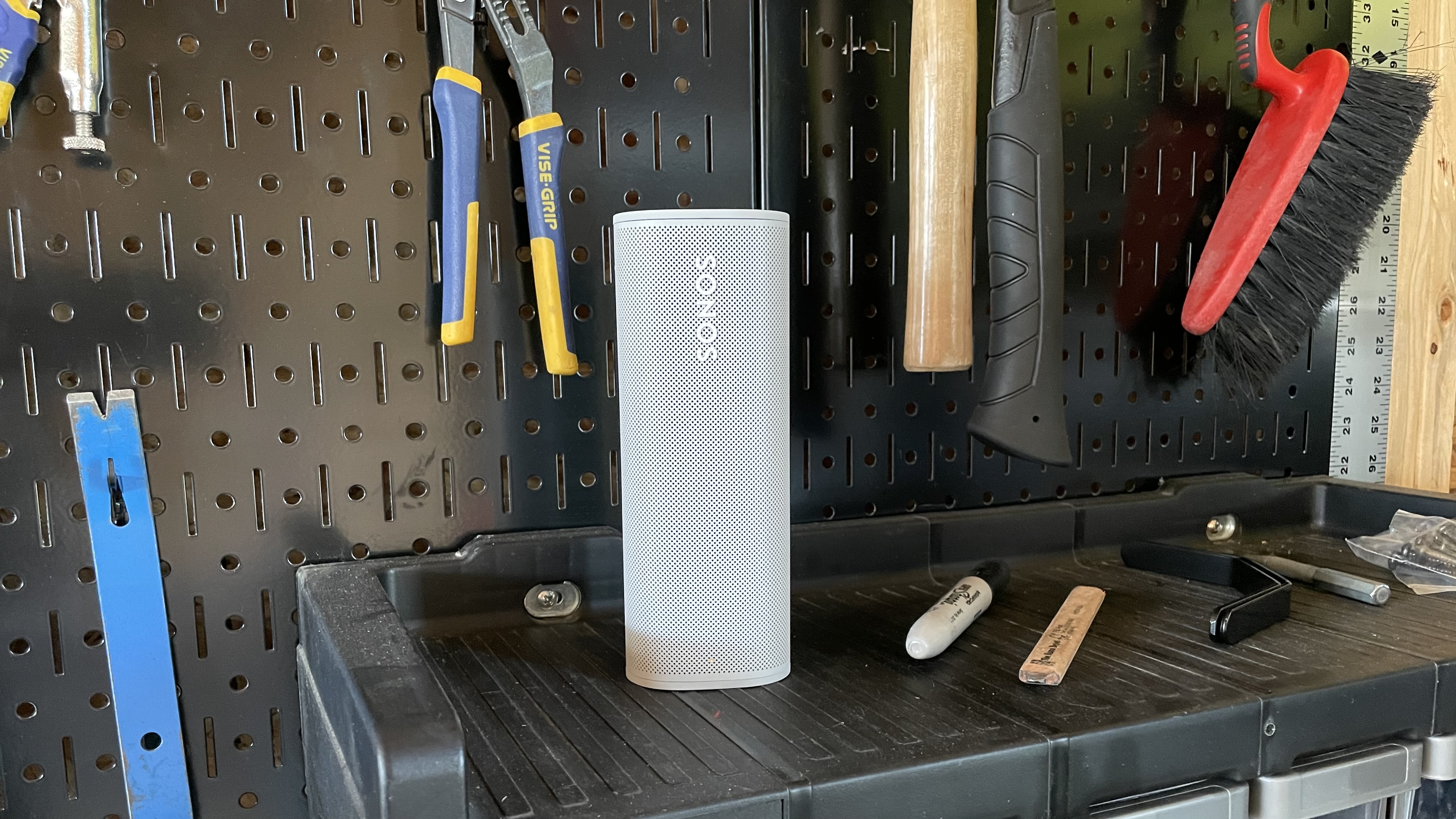
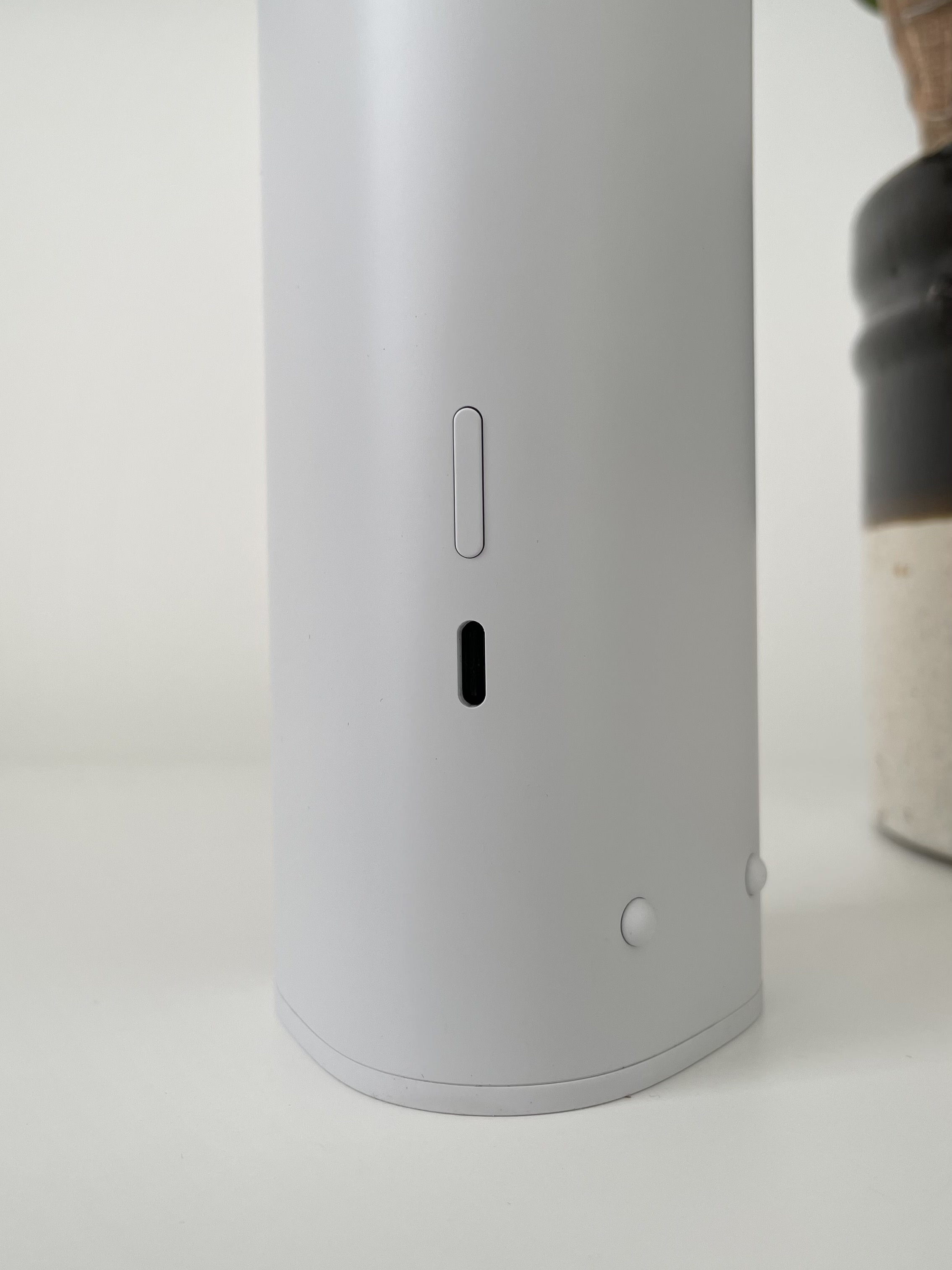





Comments